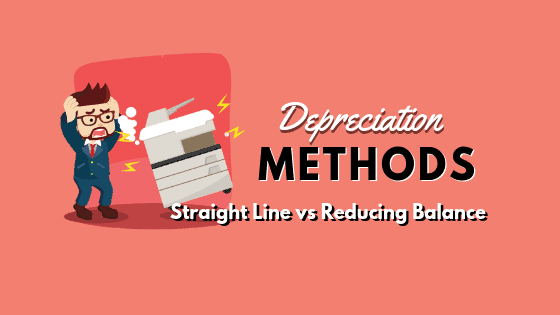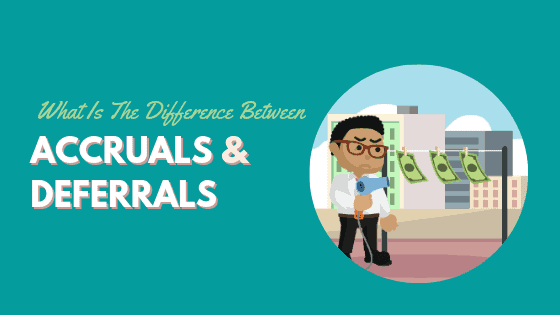Methods of Depreciation
There are several methods of depreciation used across different financial reporting standards around the world.
For the 7175 and 7088 GCE O/N Level Syllabus, we focus on two specific methods:
1. Straight Line Method (SLM)
2. Reducing Balance Method (RBM)
| Methods | Advantages | Disadvantages | Effect on Net Profit |
Straight Line Methoda. Dep = (HC-SV) Useful Life OR b. Dep = HC x % Rate |
• Simple to apply
• Calculation of dep easy to understand • For assets like furniture that has a constant rate of use |
• Not suitable for assets like machinery where the benefits obtained from using the assets in each period are not of fixed amounts. | • Constant reduction of a fixed amount |
Reducing Balance MethodDep = NBV x % Rate |
• More accurately reflect pattern of usage of assets if assets provide most benefits during initial years
• More maintenance and repairs costs in later years so total expenses incurred for asset more or less become constant over its life (since more dep charge in early years) |
• May never fully depreciate asset
• High depreciation charge in the early years of assets’ life |
• Higher reduction in the early years compared to the later years |
* HC = Historical cost * SV = Scrap value
* NBV = Net book value = Cost – accumulated depreciation
Suitability of depreciation method
The straight line method of depreciation is appropriate when the asset is expected to earn income evenly over its useful life.
The reducing balance method of depreciation is appropriate if the asset is expected to earn more income in its initial years compared to subsequent years
*scrap value – the expected or estimated value of the asset at the end of its useful life.
COMMON THEORY QUESTIONS
a. Why should a business use the same depreciation method?
Following the consistency concept, the business uses the same depreciation methods from period to period so that its financial performance can be meaningfully compared across financial periods
b. Leon depreciates all his non-current assets. Why do businesses provide for depreciation on their non-current assets? State the accounting principle involved.
To match the benefits from the use of the asset during a period with the revenue earned in that year from that use to get the accurate profit for that year. This is in accordance to the matching principle.
c. Comment on the suitability of using the straight-line method in calculating the depreciation on the fixtures and fittings for Leon’s business.
The usage of fixtures and fittings is rather regular and the wear and tear is constant. Therefore, the straight-line method which gives the same depreciation expense each year is suitable.
d) Explain why Leon uses reducing balance method for motor vehicle.
The pattern of usage for the two assets is different. The benefits from using the motor vehicle is higher in its initial years when it operates more efficiently. Hence it is more appropriate to charge more for depreciation in the first few years and less in subsequent years.





